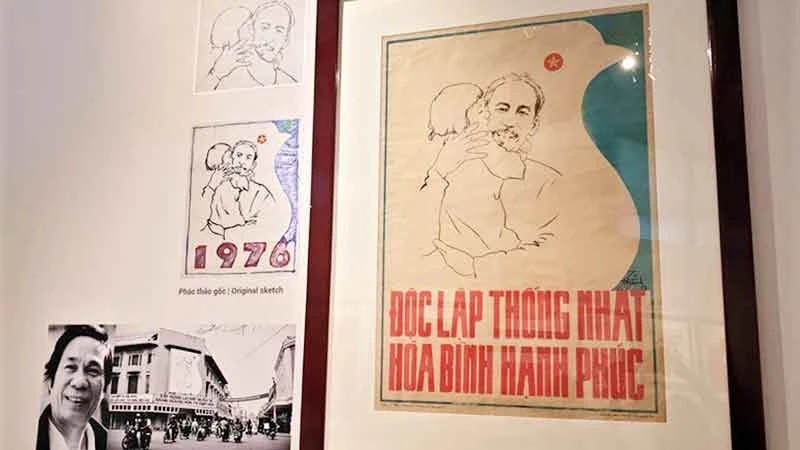
The author of the painting is a famous name in the art world, with a simple and humble style. He is the painter and teacher Tran Tu Thanh (born in 1944 in Huong Khe district, Ha Tinh province), former Vice Principal of Hanoi University of Industrial Fine Arts.
Born and raised when the country was still at war, with many relatives participating in the resistance or dying from bombs, painter Tran Tu Thanh was passionate about the theme of revolutionary war and the desire for peace .
He is loved for many works depicting his hometown Ha Tinh, and has won many high domestic and international awards for the propaganda painting genre.
Some typical works include: "Peace and Friendship" (International Graphics Award 1985), "Truong Bon", "Deo Ngang", "Nga Ba Dong Loc" (National Fine Arts Exhibition 1995), "Quan Ho Moon" (UNESCO Award 2011)...
But perhaps his most successful work, leaving the deepest impression and emotion on the public over the years, is the famous propaganda painting located on the shore of Hoan Kiem Lake.
The painting was originally named “1976” by the author, later changed to “Independence, Unification, Peace and Happiness”, and the public often calls it “Uncle Ho with Children”.
Talking about his life's work, the octogenarian painter still remembers every detail. After the historic day of April 30, 1975, when the country was unified and the country was reunited, painter Tran Tu Thanh, who was then a lecturer at the Hanoi University of Industrial Fine Arts, cherished a work to celebrate the country turning a new page in history.
Part of his idea was formed when he remembered Uncle Ho's wishes in his Will, in which he mentioned a lot about youth, teenagers, children, peace, independence, and national unification...
After many months of thinking, one day he found inspiration from the verses in the poem "We go to" by poet To Huu: Our hearts share the same Uncle Ho/Our hearts share the same Capital/Our hearts share the same Vietnamese legacy.
Choosing the form of propaganda painting, easy to understand and popularize to the public, artist Tran Tu Thanh started sketching the painting with colored powder on paper, size 79x54cm, sparing in color and strokes. The painting depicts Uncle Ho smiling affectionately holding a baby, in the background is a dove holding an olive branch symbolizing peace.
The shape of the dove spreading its wings resembles the map of Vietnam, and the eye with the red flag and yellow star is located in the capital city of Hanoi. The painting has a harmonious and tight composition, each line is soft and neat, although simple, it deeply expresses the joy of independence and unity of the entire Vietnamese people, as well as the hope for future generations.
In 1976, the work was submitted to the first National Fine Arts Exhibition and won second prize. The famous painter Tran Van Can, who was the judge at that time, commented that the painting was concise, impressive, and covered the main ideas: Uncle Ho with the people, Uncle Ho with children, and Uncle Ho with the cause of national reunification.
After being displayed with works by artists from all three regions at the Van Ho Exhibition Center (Hanoi), the painting was printed by the Ministry of Culture and Information (now the Ministry of Culture, Sports and Tourism) in 50,000 copies, distributed nationwide to celebrate the General Election to elect the National Assembly of a unified Vietnam.
In 1978, the painting was printed in large format by Hanoi City and hung in front of the building at 93 Dinh Tien Hoang, becoming one of the inseparable symbols of Hanoi - City for Peace for the past 46 years.
In addition, the painting has been reproduced many times on postcards and in public art works across the country. Printed copies of the work are displayed in museums in Russia, Cuba, etc.
That achievement, that great pride, is probably something that painter Tran Tu Thanh could not have imagined when he was a 16-year-old young man who loved to draw, left his hometown for Hanoi to take the entrance exam to the College of Fine Arts (now the Vietnam University of Fine Arts).
Surpassing 2,000 candidates that year, he became one of 46 candidates who passed the exam. Notably, while still a student, artist Tran Tu Thanh had the honor of meeting President Ho Chi Minh, feeling his erudition and warm affection for all classes of people.
Uncle Ho's advice "Culture and art are also a front" followed him throughout his artistic career, motivating him to strive and contribute. In 1969, painter Tran Tu Thanh continued to study Graphic Design at the Hanoi University of Industrial Fine Arts, then worked as a lecturer and became a manager.
For more than 40 years standing on the podium, he has contributed to training many generations of designers and artists for art training institutions in Hanoi, Hue, and Ho Chi Minh City. Artist Tran Tu Thanh is the one who designed the Party card model used by millions of Party members over the past 20 years.
In addition to the painting "Uncle Ho with children", he also created more than 20 other outstanding works about Uncle Ho, such as: The silk painting "Uncle Ho goes on a campaign in Viet Bac" (stored at the National History Museum); the lacquer painting "Khuoi Nam Diary"; the oil painting "Return Day"...
In 2019, the original painting "Uncle Ho with Children" was presented by the author to the Ho Chi Minh Museum, so that the heritage could be honored and spread Uncle Ho's spirit of loving freedom, loving peace, and caring for future generations.
Every year, on important national anniversaries such as Uncle Ho's birthday (May 19) and National Day (September 2), amidst the bustling crowd passing through the center of the capital, painter Tran Tu Thanh takes the time to come and stand quietly in a corner of Hoan Kiem Lake to admire the painting.
He confided that there is nothing more proud for an artist than having his work attached to a major street corner in Hanoi, loved by many people, and enjoyed by foreign tourists taking pictures. The painting “Uncle Ho with Children” has entered daily life as a simple, natural, irreplaceable thing.
Source








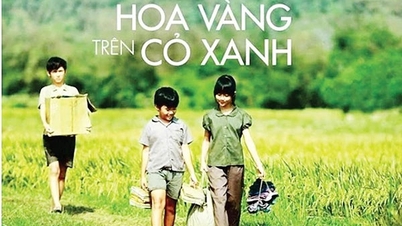



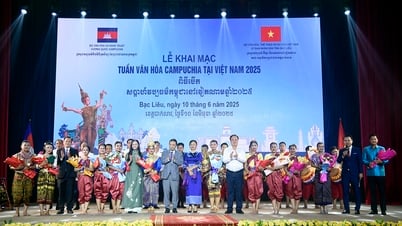
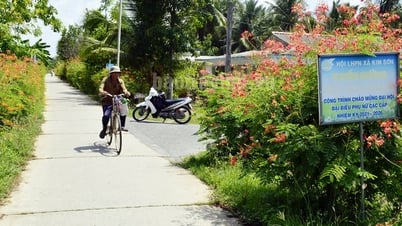

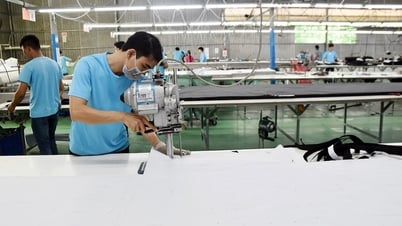




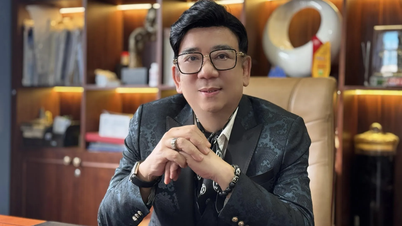

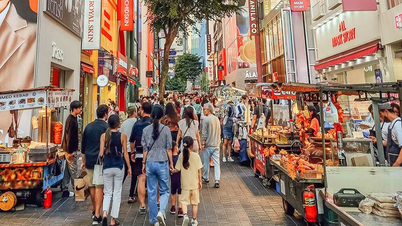
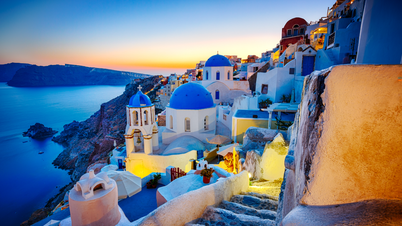
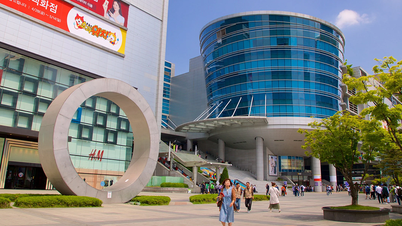
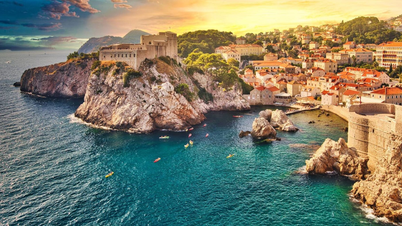


















































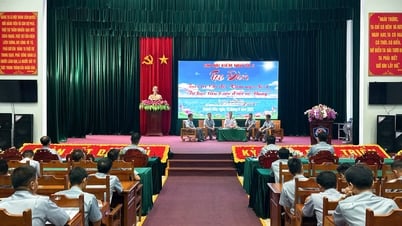


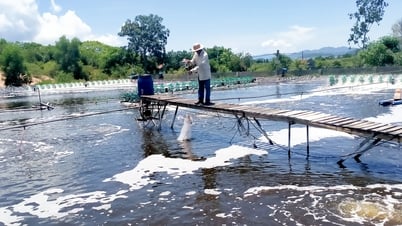
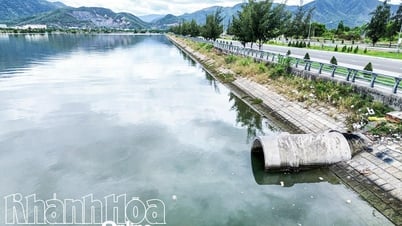
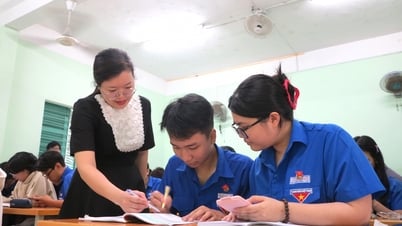
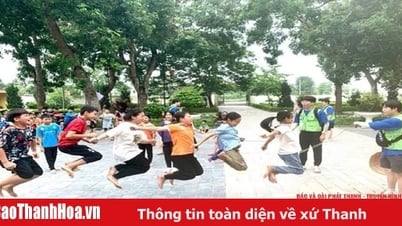











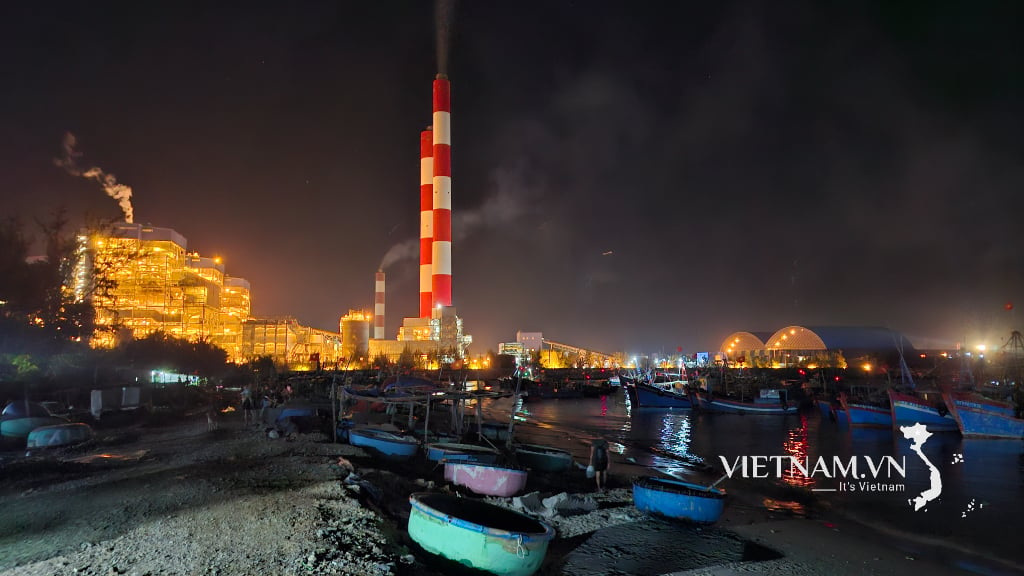
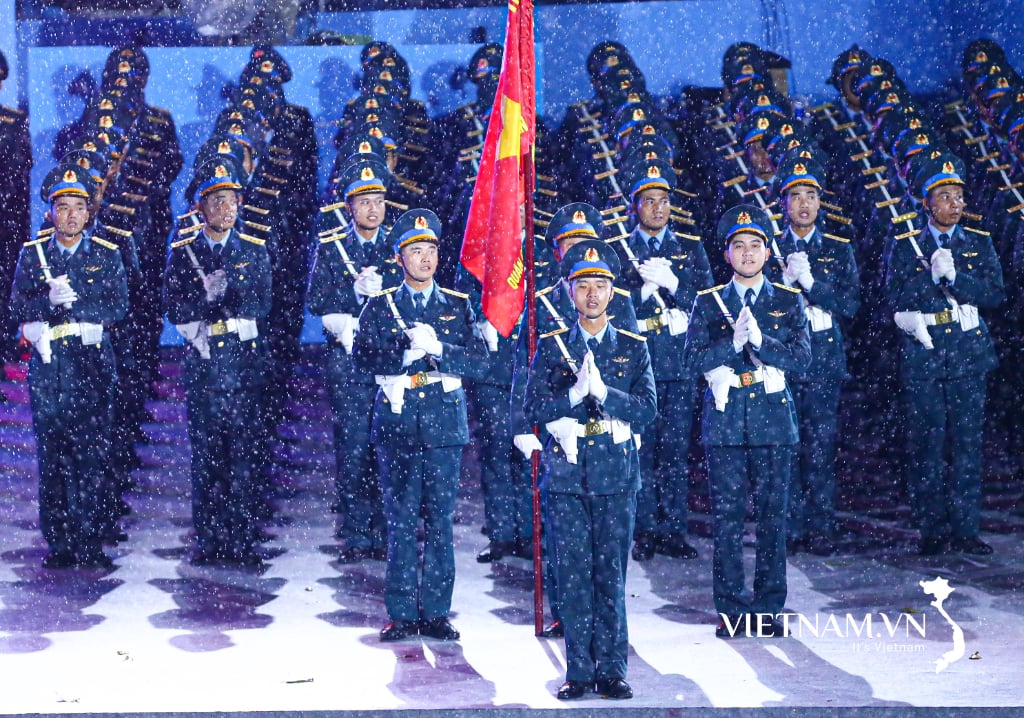
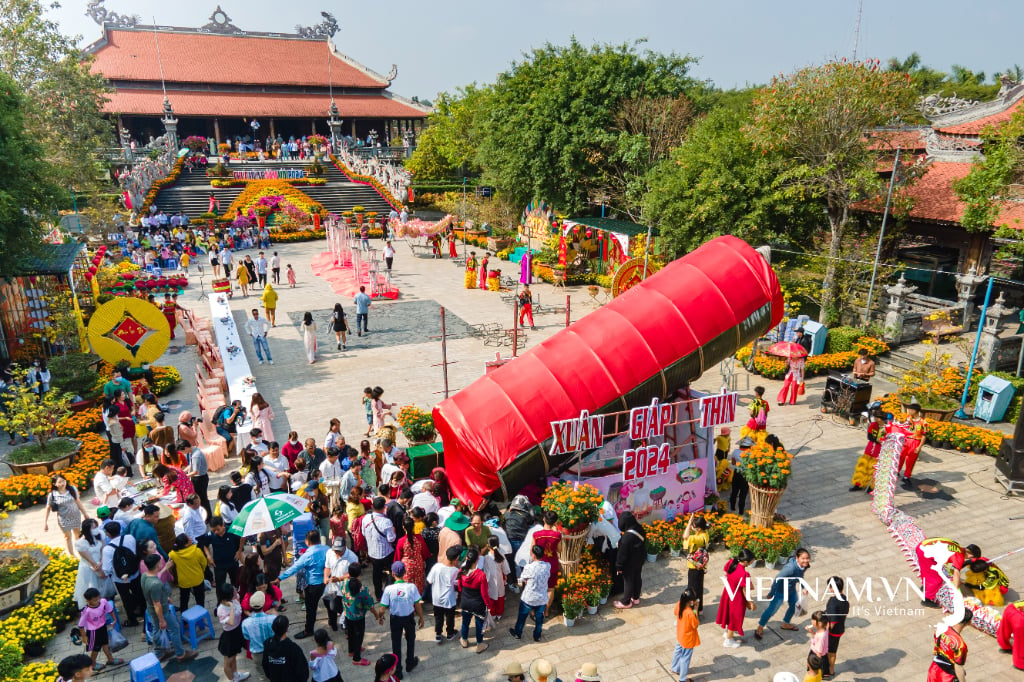
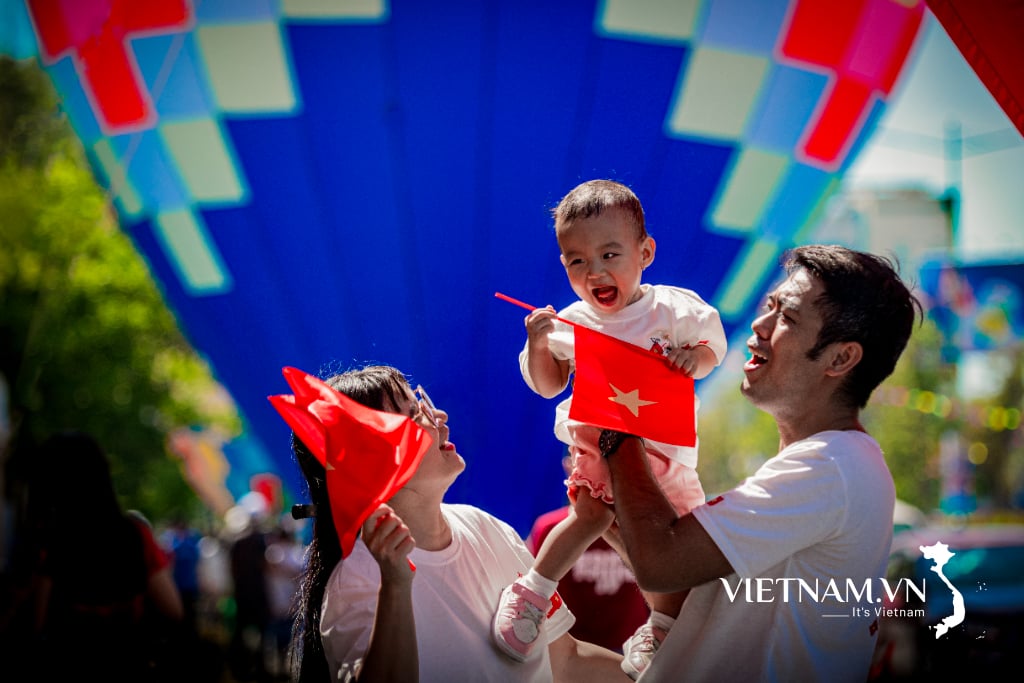
Comment (0)